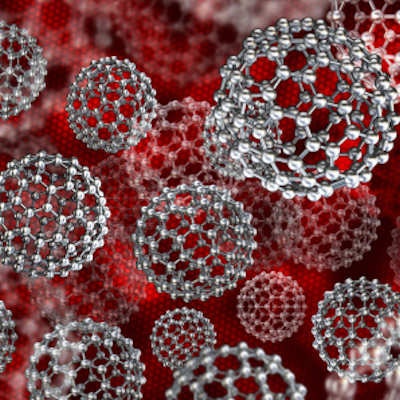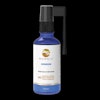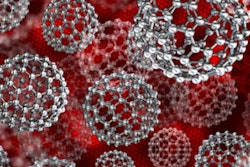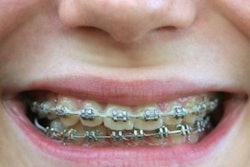
New weapons in the fight against plaque and caries may soon be available. Topical antiplaque and anticaries toothpastes and rinses using nanoparticles that disrupt the biofilms in plaque may be not only feasible but effective, according to a study from University of Pennsylvania (Penn) researchers.
"The process was incredibly effective at disrupting the biofilm," stated Hyun (Michel) Koo, DDS, PhD, in a Penn release. "Adding nanoparticles increased the efficiency of bacterial killing more than 5,000-fold."
Dr. Koo is a professor in the department of orthodontics at the University of Pennsylvania School of Dental Medicine. He is the senior author of the study, which was published in Biomaterials (September 2016, Vol. 101, pp. 272-284).
Disrupting the matrix
The researchers took a novel approach to treating biofilm-associated oral disease, using catalytic iron oxide nanoparticles (CAT-NP) nanocatalysts with an enzyme-like activity.
“The process was incredibly effective at disrupting the biofilm.”
When plaque accumulates on a tooth, it builds a matrix to protect the microbes inside the plaque, microbes that can lead to caries and other oral diseases. Therefore, the protective matrix needs to be disrupted, the authors noted, to treat and remove plaque and prevent caries.
The second issue is that while there are topical therapeutic agents that act against these biofilms, these agents are often cleared away before they have a chance to work in a patient's mouth. So, the researchers looked for a way to allow the nanoparticles to remain within the plaque's biofilm to increase their effectiveness.
The authors tested CAT-NP on a saliva-coated hydroxyapatite surfaces (tooth enamel-like material) using Streptococcus mutans as the matrix-producing oral pathogen at a level consistent with plaque pH at a diseased site in a human mouth.
CAT-NP did bind to biofilms as shown by both scanning electron microscopy and energy dispersive spectroscopy, the authors reported. The binding of CAT-NP to biofilms reached a plateau at 0.5 mg mL-1 as the researchers found that higher concentrations did not lead to significant increases in the amount of iron in the biofilms.
However, that CAT-NP is able to bind to the biofilms is only a factor if it were able to kill the embedded bacteria. So the researchers next studied if the CAT-NP-mediated hydrogen peroxide (H2O2) catalysis were able to do just that. They found an "exceptionally strong" biocidal effect against S. mutans, with almost 100% of the bacteria killed in five minutes.
"Collectively, the data indicate that the combined antiplaque effects of CAT-NP activation of H2O2 with inhibition of apatitic acid-dissolution help to thwart the onset and progression of dental caries in vivo," the authors wrote.
 Treatment with the nanoparticle-hydrogen peroxide treatment delayed the onset and severity of tooth decay. Image courtesy of the University of Pennsylvania.
Treatment with the nanoparticle-hydrogen peroxide treatment delayed the onset and severity of tooth decay. Image courtesy of the University of Pennsylvania.Iron ions
The authors noted that their results and approach have five major biological effects:
- CAT-NP is retained within 3D biofilm structure after brief topical exposure.
- CAT-NP rapidly catalyzes low concentrations of H2O2 at acidic pH to produce free radicals in situ.
- These free radicals degrade exopolysaccharides (EPS).
- These free radicals also kill the bacteria embedded within biofilms.
- CAT-NP can reduce acid dissolution of hydroxyapatite, which was an unexpected finding.
The authors speculated that the inhibition of caries may be caused by the iron ions interfering with the enamel demineralization process.
"To our knowledge, this work presents original evidence to exploit nanocatalysts for in vivo activation of an antimicrobial agent to create a potent plaque-biofilm disruptor and caries preventive therapy for topical use," they concluded.



















